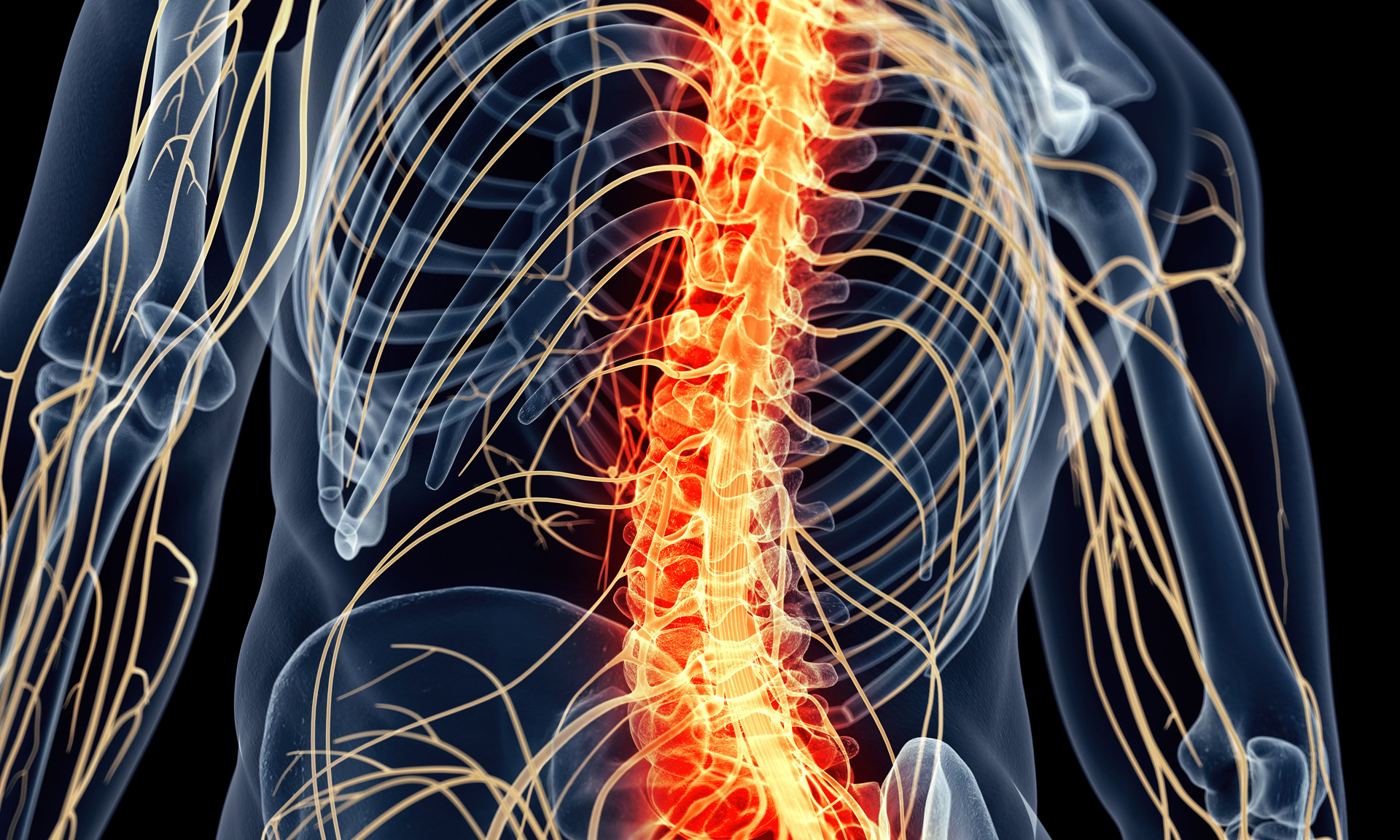What’s This Research About?
This study investigates the effectiveness of a 6 week Stretching Exercise (SE)
intervention vs. Motor Control Exercise (MCE) intervention on reducing
compensatory pelvic motion during active prone knee flexion (APKF) and
low back pain intensity.
Previous studies suggest a potential cause for compensatory anterior pelvic
tilt is increased passive stiffness of the rectus femoris. SE has been recommended
to decrease compensatory anterior pelvic tilt and reduce the intensity of LBP
during APKF in individuals in the lumbar- rotation-extension subgroup.
Altered
motor control is another possible cause of compensatory anterior pelvic tilt during
APKF. Studies suggest individuals with LBP initiate pelvic anterior tilt and rotation
before end range of APKF when compared with individuals without LBP. MCE
using pressure biofeedback and the abdominal drawing in maneuver has been
shown to be an effective way to reduce and delay lumbopelvic motion in
individuals in the lumbar-rotation-extension subgroup.
They hypothesized that there will be differences between the two programs
(SE and MCE) in delaying and decreasing anterior pelvic tilt and rotation,
in delaying and decreasing erector spinae activity, and in decreasing LBP
in daily activity.

TITLE: Effects of motor control exercise versus muscle stretching exercise on reducing compensatory lumbopelvic motions and low back pain: a randomized trial.
PUBLICATION: Journal of Manipulative Physiological Therapy
DATE: September 2016
AUTHORS : K.N. Park, O.Y. Kwon, H.S. Cynn, J.H. Weon, T.H. Kim, and H.S. Choi
- 70-90% of adults will suffer from low back pain at some point in their lives
- 50% will have a recurrent episode
- 5-10% will develop chronic low back pain
Classification System: Sahrmann and Van Dillen developed a classification system based on 5 subgroups: lumbar flexion, lumbar extension, lumbar rotation, lumbar-rotation-flexion, and lumbar-rotation- extension.
Lumbar-rotation-extension: the most common subgroup in patients with LBP
Active prone knee flexion (APKF): a commonly used movement test to classify lumbar- rotation-extension
Stretching exercises (SE): stretching exercises for the rectus femoris are recommended to decrease anterior pelvic tilt
Motor Control Exercise (MCE): has been suggested to reduce compensatory lumbopelvic motion in people with lumbar- rotation-extension.

